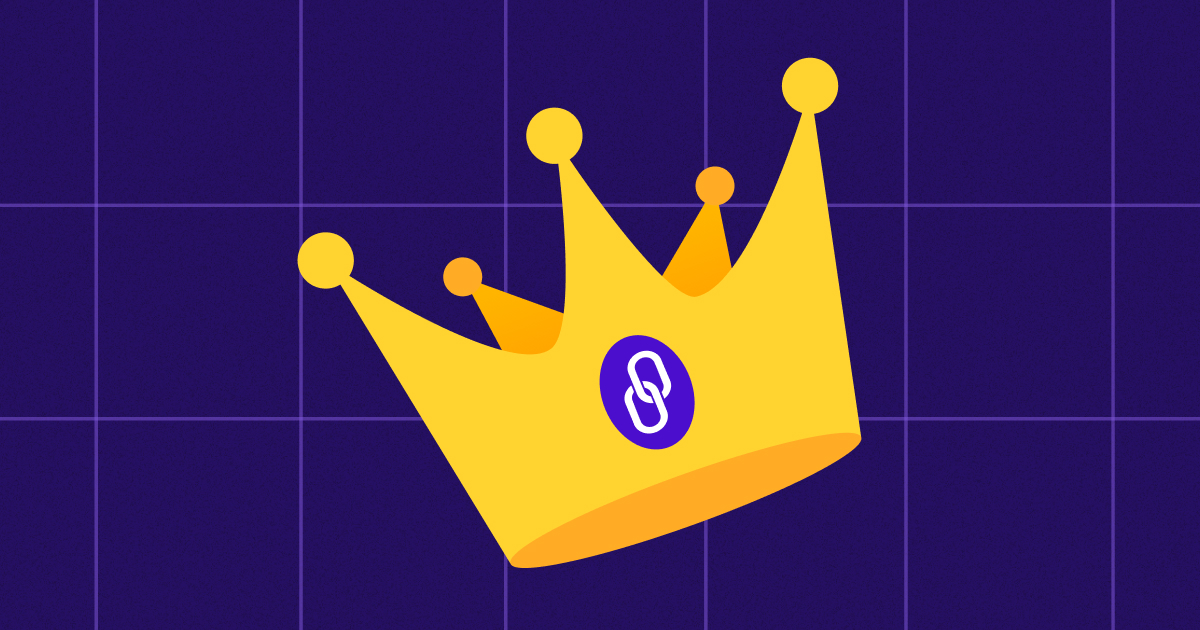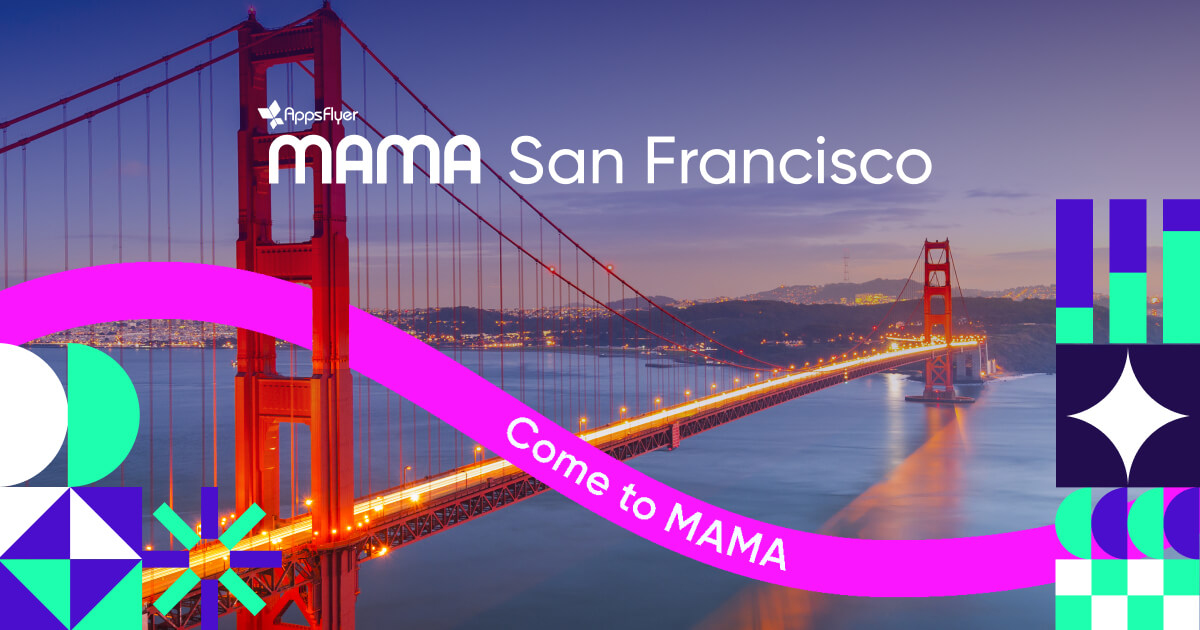
The data has spoken: Why Black Friday 2020 will be one for the record books

2020 has been a year unlike any other, but the familiar rhythms of the calendar have persisted for the world of eCommerce despite the unprecedented conditions driven by the coronavirus pandemic. The holiday season is upon us, and it all kicks off with a significant date in the retail diary: Black Friday 2020.
Black Friday itself is now an event that stretches far beyond a single day. “Cyber Monday” follows on its heels, but many retailers offer Black Friday deals far in advance of that final Friday in November.
In fact, in recent years we’ve seen that the end of November period was actually the real peak of the holiday season for mobile shopping apps, surpassing pre-Christmas December sales.
Black Friday 2020 is set to shatter records.
This blog will explain why by citing data from Black Friday 2019, and from the 2020 surge AppsFlyer reported in our recently-published State of Shopping App Marketing.
The COVID impact to date
The COVID-19 pandemic has had far-reaching impacts on the entire world. One of those impacts is economic, so naturally we were keen to explore how this has affected eCommerce in our latest report.
Here are the key findings for EMEA:
Increased demand. The pandemic led to a 35% increase in eCommerce app installs from March to April 2020 alone, surpassing the peak of the Q4 2019 holiday rush.
Heightened spend. iOS users spent 50% more on average in April 2020 vs. the November 2019 peak.
Aggressive marketing. Non-organic installs grew 56% between February and May 2020 as marketers invested in user acquisition, capitalizing on the increased “sofa time” brought on by lockdown restrictions, and later social distancing and safety concerns.
Clearly, with brick and mortar stores closed for months on end as part of the COVID-19 restrictions across the globe, digital retail has come to fill the void.
A look back at Black Friday 2019
We know that the Q4 holiday period is when retail typically booms – but what about Black Friday specifically? We looked at the data from Black Friday 2019 and compared it to the average of the previous four Fridays to see what kind of impact this retail event showed last year.
You won’t be surprised to learn that there was a big uplift in virtually all KPIs, but let’s drill a little deeper into four key takeaways from our data sample.
Black Friday leads to huge increase in revenue. The UK, France, Germany and Russia all showed huge upticks in revenue as shoppers flocked to retail apps during the event.
That said, some territories performed vastly better than others. A 98% revenue increase in the UK is a solid return, but Black Friday proved even more successful at driving purchases in France and Germany. Russia stands far ahead of the crowd, with a revenue uplift that doesn’t lag far behind the country that started it all: the US.
Black Friday drives organic installs demonstrating pure consumer intent. This is certainly an impressive impact on revenue driven by Black Friday – and some of that revenue spike can be attributed to a rise in the number of shoppers, reflected by an increase in organic installs across Europe.
Once again Russia leads the way, almost doubling the amount of organic installs vs previous weeks. The appeal of a sale or a bargain, and the awareness of Black Friday as an event, has clearly taken hold across Europe.
Non-organic installs drop in EMEA on Black Friday as marketers focus UA in the build-up. While Russia saw a dramatic increase in non-organic installs (NOI) on Black Friday, this was very much an outlier in EMEA. France, Germany and the UK all saw drops in NOI on Black Friday itself, with the UK falling by over a third.
As we’ve seen in previous years, it appears that marketers’ user acquisition strategies were focused on acquiring users in the weeks leading up to Black Friday, to have as large an audience of app users as possible ahead of the event.
The fact that Black Friday often begins weeks earlier may also have played a part here, with UA aimed at getting the maximum return on investment over a longer period of time.
UK outperforms the US in remarketing conversions. We can see the effects of those drops in NOI on remarketing conversions. With UA budgets spent in advance to acquire new users, more marketing effort was focused on reengaging existing users on Black Friday itself. This is particularly true in the UK which stood apart from the crowd in 2019, more than doubling the average from the previous Fridays.
Of the other territories in our sample, most showed a slight reduction in remarketing conversions with only Russia recording an uplift – albeit one way behind the UK figure. What makes this even more notable for the UK is that it far outstripped remarketing conversions in the US, which did not show any real uplift.
Black Friday 2020: a 1+1=3 scenario
There is plenty of encouragement here to expect a strong digital retail performance heading into this year’s holiday season. Based on the previous Black Friday, and the COVID effect, we can foresee installs and revenue taking significant leaps during this year’s Black Friday.
In other words, 1+1 = 3.
This is in line with the broader trends among retail, which has been pivoting to digital for several years at the expense of physical stores. According to eMarketer, retail eCommerce accounted for 28% of all holiday spending in the UK in 2019, a new record high.
Last month, a survey of shoppers in Germany found that the majority intended to shop online this Black Friday as opposed to in stores, with 40% of those surveyed saying that they intended to switch from in-store shopping to online as a direct result of the pandemic.
In a year in which shoppers have embraced eCommerce more actively than ever – often due to the necessity of shopping online brought on by lockdowns and social distancing – it’s clear that this trend will only be accelerated on Black Friday.
Potential headwinds for marketers in 2020
However… there’s a few notes of caution that are also worth exploring before we wrap up. While it is highly likely Black Friday 2020 will be a huge boon for retail apps – consistent with performance through the year so far – there are several possible headwinds to consider.
Economic downturn. We shouldn’t overlook the negative impact that COVID has had on many people’s livelihoods. This has only been exacerbated in recent months as COVID cases rise again in Europe, and many countries re-enter a second lockdown.
While total revenue should see a further jump on 2019, the average spend per consumer might not see much (if any) change year-to-year. Economic hardship resulting from the pandemic means a reduction in disposable income, but at the same time consumers haven’t had the opportunity to spend on things like travel, culture, sport etc that they would have in a “normal” year. Instead, there may be a greater desire for retail therapy: a willingness to treat oneself during a difficult period
Higher CPIs than at the start of the pandemic. When marketers brought forward their user acquisition budgets at the start of the pandemic in Q2, they did so during a period where CPIs were low. Lots of big brands held off during this period of uncertainty, and reduced competition drove down CPIs across several European countries.
Naturally, once those big retailers re-entered the playing field, CPIs rose again, in some cases to higher levels than they were pre-pandemic. This was particularly noticeable in the UK, which saw a 110% growth in CPIs between March and May. Businesses that weren’t prepared for lockdown in Q2 are now much more likely to be geared up for the next few months.
The holiday period is already a highly competitive space for marketers, and the increased media cost means that marketers have a greater-than-ever need to leverage data to ensure high-quality returns through smart targeting.
Marketers should also explore remarketing and re-engagement on Black Friday itself, which is likely to be lower-cost and therefore deliver a greater ROAS than user acquisition.
To sum up
Black Friday is traditionally a successful period for retail, and particularly digital, and most indicators more than suggest that 2020 will continue that trend and even greatly accelerate it.
Indeed, the eCommerce performance from earlier this year shows that shoppers are downloading and using retail apps more than ever – and spending more within them.
That should only spell good news for digital retail in the coming days and weeks. Look out for AppsFlyer’s analysis of Black Friday 2020 performance in early December.




